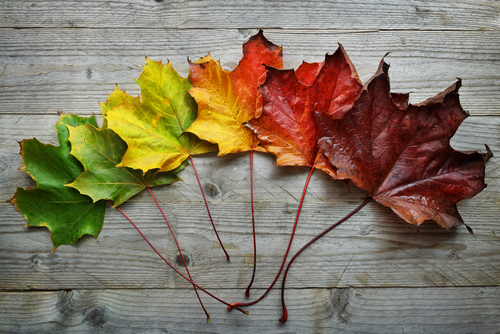Life is filled with transitions, whether we like it or not. From childhood to adulthood, starting a new job, or even moving to a new city, transitions happen to all of us. And let’s be honest—they’re rarely easy. It doesn’t matter how old you are or what stage of life you’re in; change brings uncertainty, and uncertainty often brings stress. But if there’s one thing we know for sure, it’s that transitions are inevitable.
For some, transitions come a little easier. But for most of us, change can feel overwhelming. What if, instead of dreading transitions, we embraced them as opportunities? What if we saw transitions not as disruptions, but as invitations to grow? The key to navigating transitions with ease lies in adopting a creative mindset—a way of thinking that transforms the way we approach change.
Embrace the Creative Mindset
The creative mindset is about seeing the world through a lens of possibilities. When we shift our perspective, transitions stop seeming so scary. Instead of focusing on the fear of the unknown, we start to recognize the exciting potential that comes with change. It’s the difference between saying, “This is going to be hard,” and asking, “What can I learn from this?”
One of the most powerful aspects of a creative mindset is that it allows us to anticipate transitions. Rather than being blindsided, we can recognize when changes are on the horizon and prepare ourselves to ride the wave. Instead of resisting, we can embrace the shift, knowing we have the tools to navigate it.
How to Foster a Creative Mindset
If the creative mindset is the key to making transitions smoother, how do we cultivate it? One of the most effective ways is by learning to view the world as malleable—not fixed or binary. Life is rarely a matter of “right” or “wrong”; it’s filled with nuance and complexity. To practice this kind of thinking, start with small, low-stakes decisions. Let’s say you’re deciding what to have for dinner. Instead of defaulting to your usual pizza or Thai, make a list of all the possibilities. Could you try a new recipe? Explore a different cuisine? The goal here isn’t necessarily to pick the perfect option but to open yourself up to variety.
Another exercise is to seek out ways that your perspective can be both right and wrong at the same time. This is not about doubting yourself but about exploring multiple dimensions to every situation. When you do this, you build mental flexibility, which makes it easier to handle transitions because you become more comfortable with uncertainty and open to new solutions.
Navigating Change with Confidence
Transitions are never easy, but they don’t have to be paralyzing. By nurturing a creative mindset, we can reframe the way we see change—from something to fear to something full of possibilities. The next time you find yourself on the brink of a transition, whether big or small, try leaning into the creative process. You’ll find that when you start thinking in terms of possibility, change becomes less of a wave to fear and more of an adventure to embrace.
T is for Transition, but it’s also for Transformation.cel.
